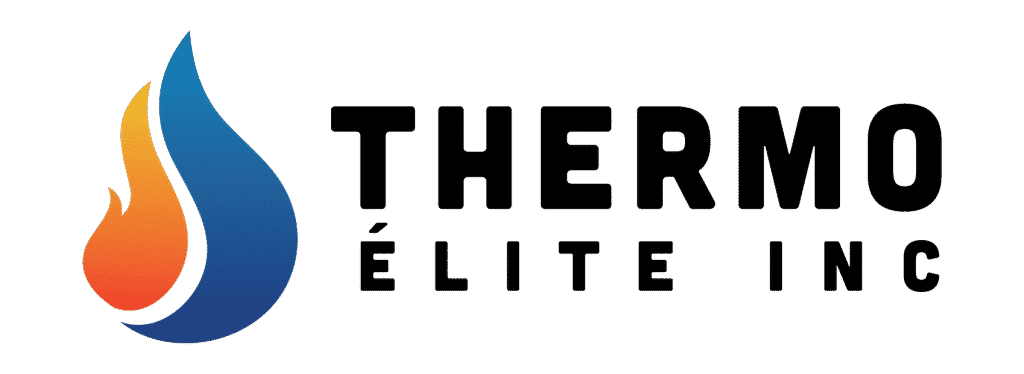In any business, keeping the operations running is of utmost importance. Business owners can benefit from thermography by detecting issues early before they turn into critical losses. Courtesy of thermal imaging, as a business owner, you can eliminate problems even before they occur and make huge savings on costs. You can improve the efficiency of your preventive maintenance program that’ll alert you to the need for urgent repair wherever it’s needed.
Infrared technology is used widely these days. It’s used for effective diagnosis of patients, for security operations, for predicting the weather and tracking storms, and more. It’s used for commercial purposes as well. It’s also used by many industries as an important part of the inspection process. Thermal imaging cameras and scanners are also used to inspect homes, their roofs, and windows, construction sites, as well as manufacturing facilities.
How Infrared Technology Works
In 2019 itself, the global market for thermal cameras was valued at more than USD 6 billion. The market is poised to grow at an annual rate of 7 percent till 2026. Infrared technology is now a critical element in inspections helping locate instances of heat loss, water damage, and roof leak by detecting the variations in surface temperature these issues cause. It’s now vital for conducting inspections more safely and uncovering potential issues before they cause major losses.
Infrared technology works a lot like a thermometer employing infrared light for detecting heat sources. When the light is focused on an object, it can detect energy wavelengths giving off heat. Such heat signals from a heat source are captured in the form of images giving the user a handy snapshot of where excessive heat is present.
The presence of a hotspot which is created when any area emits more heat than it usually does helps locate equipment that’s overheating, electric panels that are overworked, or if there’s any component that’s getting too heated and creating a potential risk. Information on such issues gives manufacturers the data they need to take appropriate action on time and therefore, prevent breakdowns. It brings about a major improvement in the overall maintenance procedure.
This is why carriers and underwriters are using infrared technology more and more during renewals. It helps them gauge their clients’ exposure to loss and make informed decisions regarding coverage and premiums. Again, carriers can identify potential risks using infrared technology helping clients make timely repairs to prevent costly losses.
How do you save on Insurance with a Thermographic Inspection?
Here’s a hypothetical situation. An insurance company sends a risk control consultant for examining the locations of a client to gather both imagery and data of their facilities so their maintenance procedures can be understood better. As is the usual practice, the client was offered infrared inspections. The insurance company mentioned that such inspections would help locate any issues in the electrical components and other equipment that may cause equipment failure or trigger fires.
Major problem areas were reported after just one day of inspections. These issues after being identified were classified based on their importance-
- Critical- issues that needed immediate attention
- Serious- issues that needed action as soon as possible
- Advisory- issues that needed attention only during the next scheduled shutdown.
It took only a few hours for the issues to be identified—issues that posed a serious threat. Various components needed immediate attention while some could wait till the next scheduled shutdown. It was only after the infrared inspection uncovered these issues located due to excessive heat loss that immediate repairs could be arranged helping avoid fires.
The preventive maintenance functions at the facility were made more robust with more investments after the client was enlightened about where issues exist. It helped the client make considerable savings by avoiding the loss of revenue caused by unscheduled downtime. A potentially massive claim was avoided as well since all the issues were addressed before they could cause any major damage. It truly was worth the investment. The timely intervention helped prevent huge losses.
Make Considerable Savings
The potential to save from infrared inspections is more than just about preventive maintenance. With such inspections, not only can potential issues be located, but it may also be confirmed there are no risks that may cause a breakdown or trigger a fire. It helps carriers make an informed assessment about the risk level so they can decide the correct premium for the insurance policies. When a facility works with a good maintenance process in place and with equipment in proper running condition, insurance costs can be reduced significantly.
Moreover, infrared inspections help insurance companies make their clients better aware of their loss exposures. It gives them a more complete picture thereby helping avoid losses, improve operational readiness and avoid downtime for a long time.
How CNA Insurance Helped its Clients Save Insurance Costs
Thermographers certified by CNA conducted 6,445 surveys over five years with 22 FLIR thermal cameras. They could locate thousands of faults and deficiencies and the average number of faults per report stood at 7.3 faults. Estimates made by CNA Insurance reveal that clients who have carried out thermal inspections regularly have made annual savings of more than 11 million Euros. A typical IR survey costs around Euro 1,700. That translates into a total value of more than 11 million Euros over five years. These infrared surveys have helped CNA’s clients make estimated savings of a total of 47.5 million Euros in energy consumption and costs of electrical repairs. That’s an impressive saving of around 4 Euros for every 1 Euro spent on an IR survey.
Conclusion
Making infrared thermography using IR cameras a regular feature of a maintenance program helps businesses locate issues in their equipment before they cause serious damage. Attending to faults on time helps prevent costly repairs and downtime. It also helps prevent equipment damage and breakdowns. With properly functioning equipment, untoward incidents like fires can be avoided. When the possibility of such accidents and breakdowns is reduced, it eliminates the need to file any insurance claims at all. That way, businesses save on insurance costs as well. To put things simply, it’s the ‘prevention is better than cure approach.



Add Comment